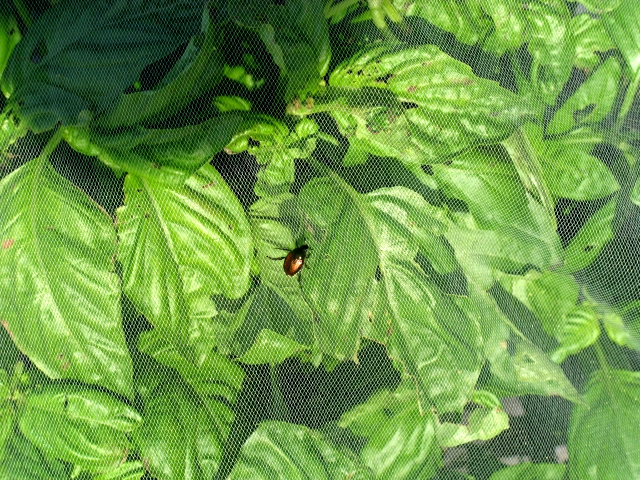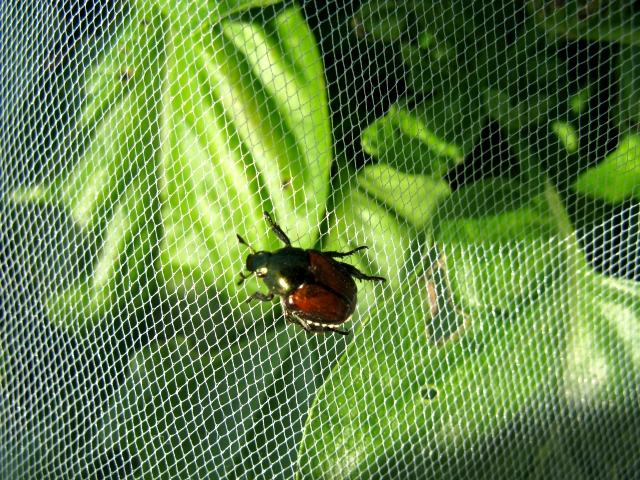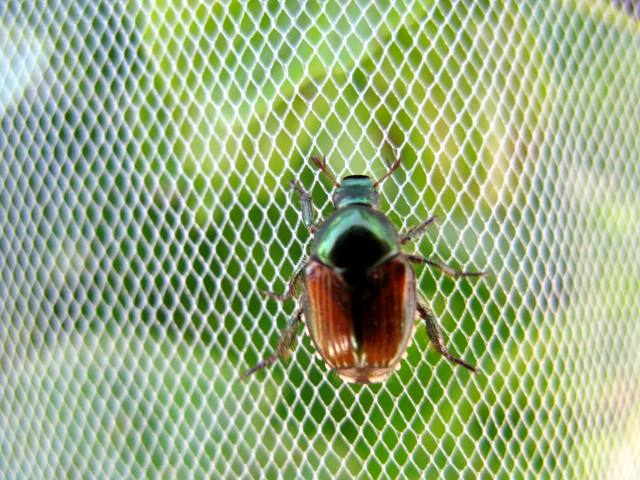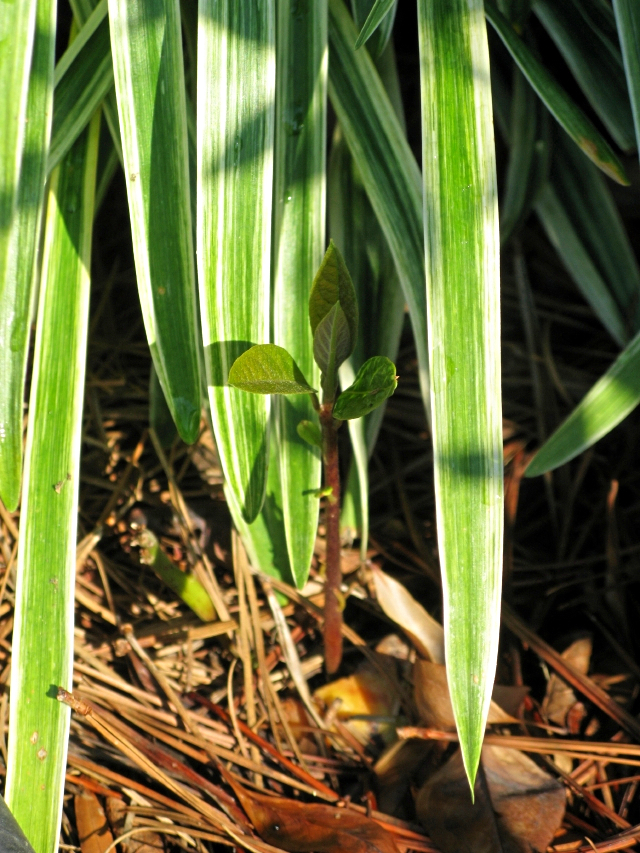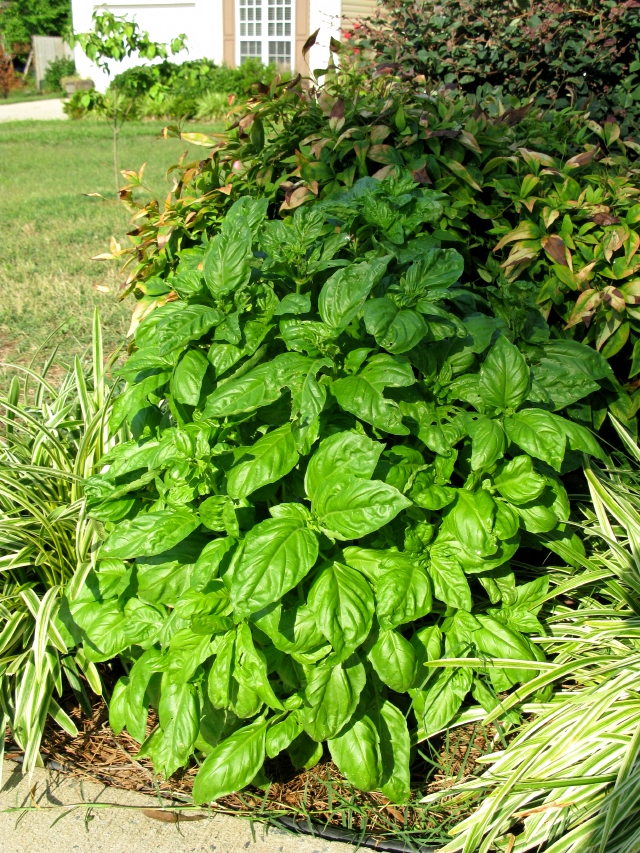This is such a good summary of the Alkaline vs. Acid discussion (maintenance of the proper pH in the body), and the information is so important to health, that I'm posting it here. It appeared today in the Hallelujah Acres Health Tip (email). If you want to read the whole article click on the title above. (I'm using this without prior permission -- copyright belongs to Hallelujah Acres; Health Tip #553, June 24, 2008.)
Exercise: In the charts below, see how many of the foods you consistently eat are alkaline or acidic.
THE IDEAL RATIO OF ALKALINE TO ACID IS 4 TO 1
The ideal ratio of ALKALINE to ACID is approximately 4 TO 1 – that is four parts (80%) ALKALINE to one part (20%) ACID. When this ratio is maintained, the body has strong resistance to disease as well as bone fractures, but when the diet is overly ACID, disease resistance diminishes, and bone density decreases.
To overcome disease and low bone density, the greater the amount of ALKALIZING foods in the diet, the faster the recovery! ALKALIZING foods neutralize the ACID, strengthen the immune system, while rebuilding and strengthening the bones.
The Hallelujah Acres Diet is primarily a raw ALKALINE diet, which produces and maintains an ALKALINE environment within the body! Some of the most ALKALIZING foods in The Hallelujah Acres Diet are BarleyMax, carrot juice, and the abundance of green vegetables the diet contains. These raw and ALKALIZING foods build up a healthy reserve of ALKALINE minerals, especially calcium, which are ready on demand to neutralize any excess ACIDITY, when too many ACID foods are consumed.
When the ratio of 4 to 1, ALKALINE to ACID drops to just 3 to 1, health can be seriously challenged! Unbelievably, the average person of today, on the typical SAD meat based, highly ACID diet, is consuming a diet that may have a ratio as low as a 1 to 4, ALKALINE to ACID, or even lower.
The human physical body can only function properly, and sustain health and a sound bone structure that is resistant to disease and fracture, when there are adequate ALKALINE reserves, and the ACID to ALKALINE ratio in the body’s blood are in proper balance.
Below are tables of common foods, grouped into both ALKALI-FORMING and ACID FORMING: Alkali-Forming Foods | Alfalfa Grass | Apple |
| Barley Grass | Apricot |
| Wheat Grass | Banana |
| Spinach | Cantaloupe |
| Kale | Dates |
| Collard Greens | Figs |
| Lettuce | Peaches |
| Broccoli | Grapes |
| Cauliflower | Raisins |
| Cabbage | Watermelon |
| Carrot | Almonds |
| Beet | Brazil Nuts |
| Celery | Coconut |
| Cucumber | Millet |
| Buckwheat |
|
Acid Forming Foods | Beef | Wheat & most grains |
| Chicken | Rice |
| Pork | Lentils |
| Veal | Most Nuts (except almonds) |
| Fish | *Most Acid Forming* |
| Eggs | Coffee: pH 4 |
| Milk | Beer: pH 2.5 |
| Cheese | Coca-Cola: pH 2 |
From the chart above, you can readily see that most grains are ACID forming, with the exception of millet and buckwheat, which are considered ALKALINE. You can also see that wheat is a highly ACIDIC grain, the grain that is consumed in greatest quantity in our society, and especially in its refined form. Sprouted seeds and whole grains become more ALKALINE in the process of sprouting.
[WK note: the Ezekiel 4:9 and Genesis 1:29 breads are made from sprouted grains, not milled grains, meaning more alkaline. These are excellent breads to use to promote an alkaline pH.]Almost all vegetable and grass juices are HIGHLY ALKALINE! The most ALKALINE juices are the juices from grasses (BarleyMax), green vegetables, and spinach, along with carrots, beets (especially beet tops), and celery. On The Hallelujah Acres Diet, the abundance of juices and the abundance of raw fruits and vegetables in the diet, helps the body maintain a predominantly ALKALINE environment, while the cooked whole grains, seeds and nuts, provide the 20% ACID foods needed to maintain the desired 4 to 1 ratio of ALKALINE to ACID.

